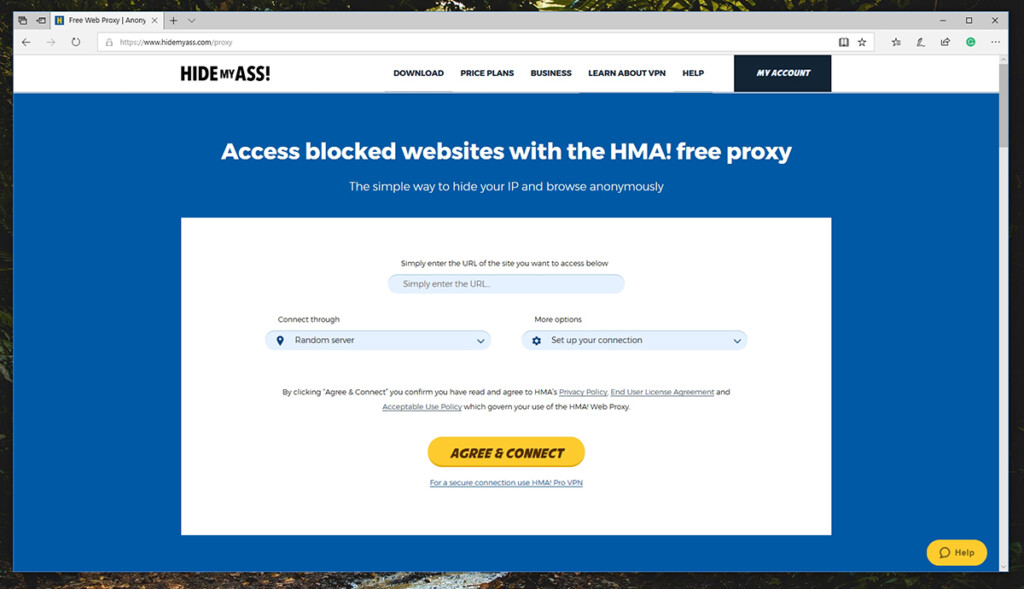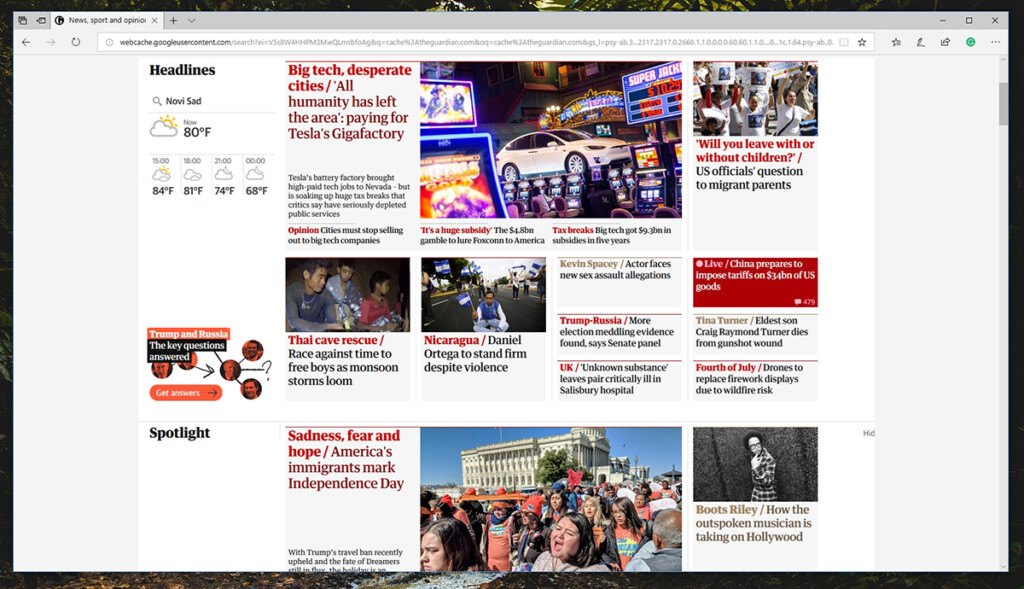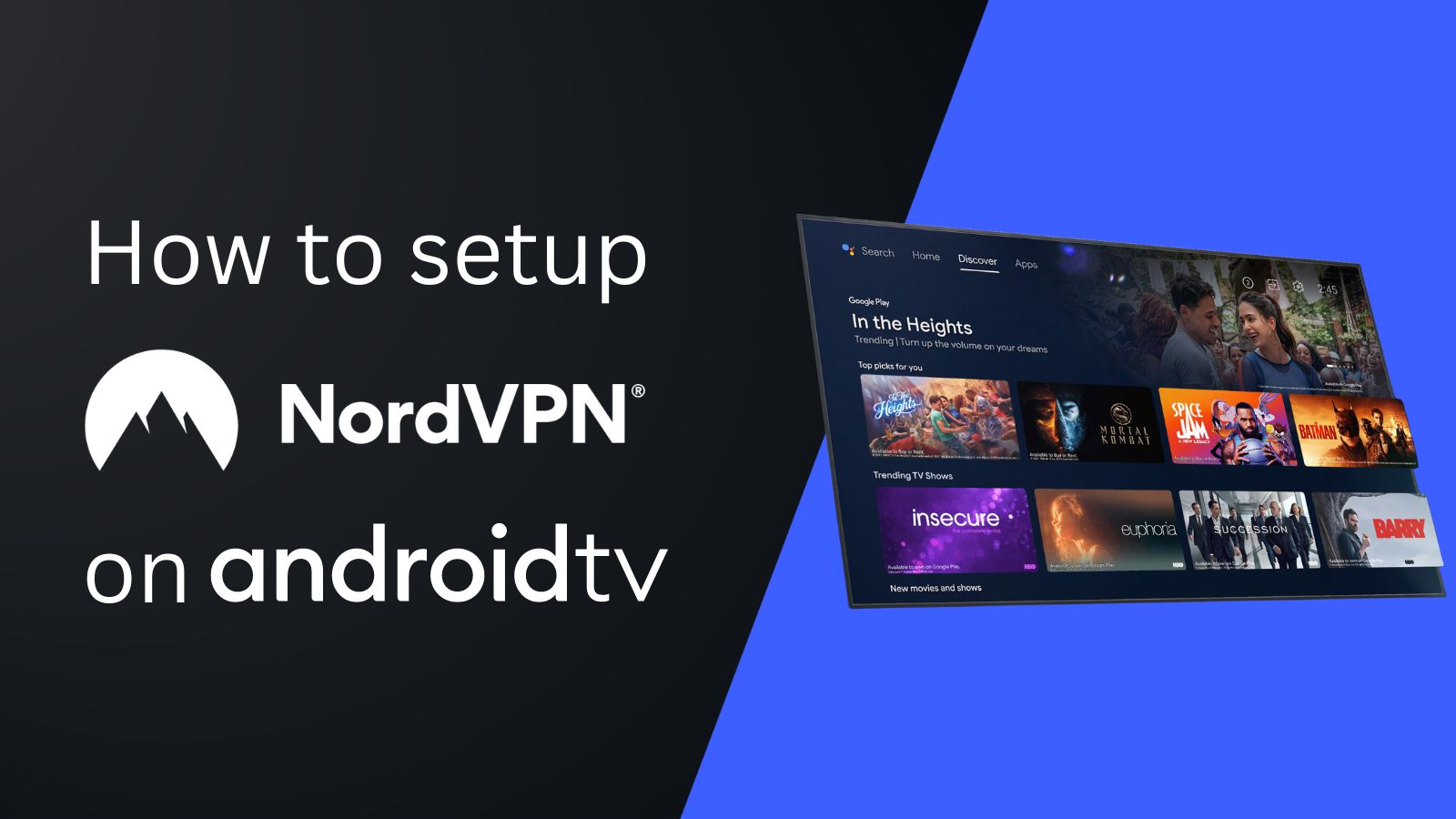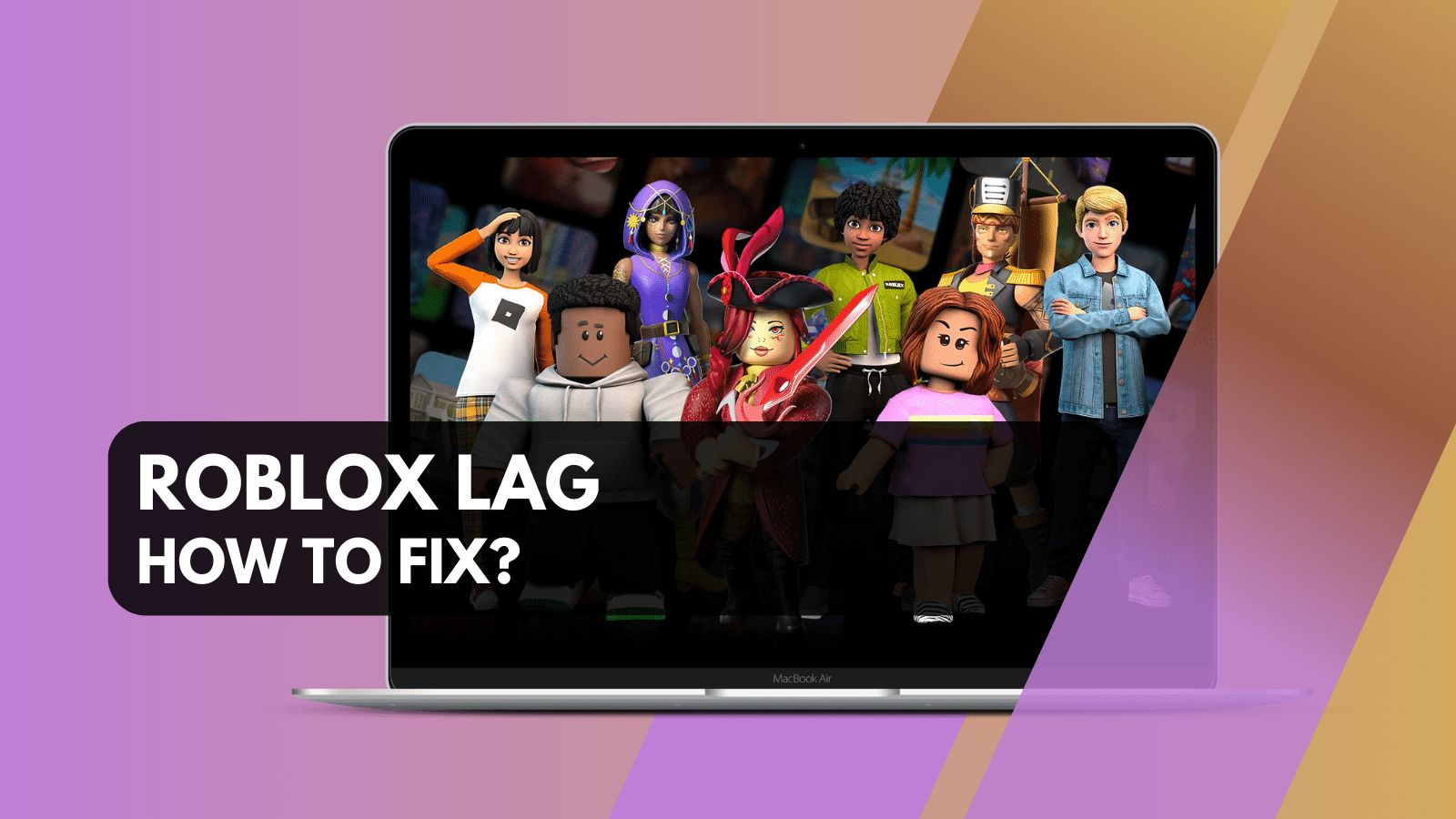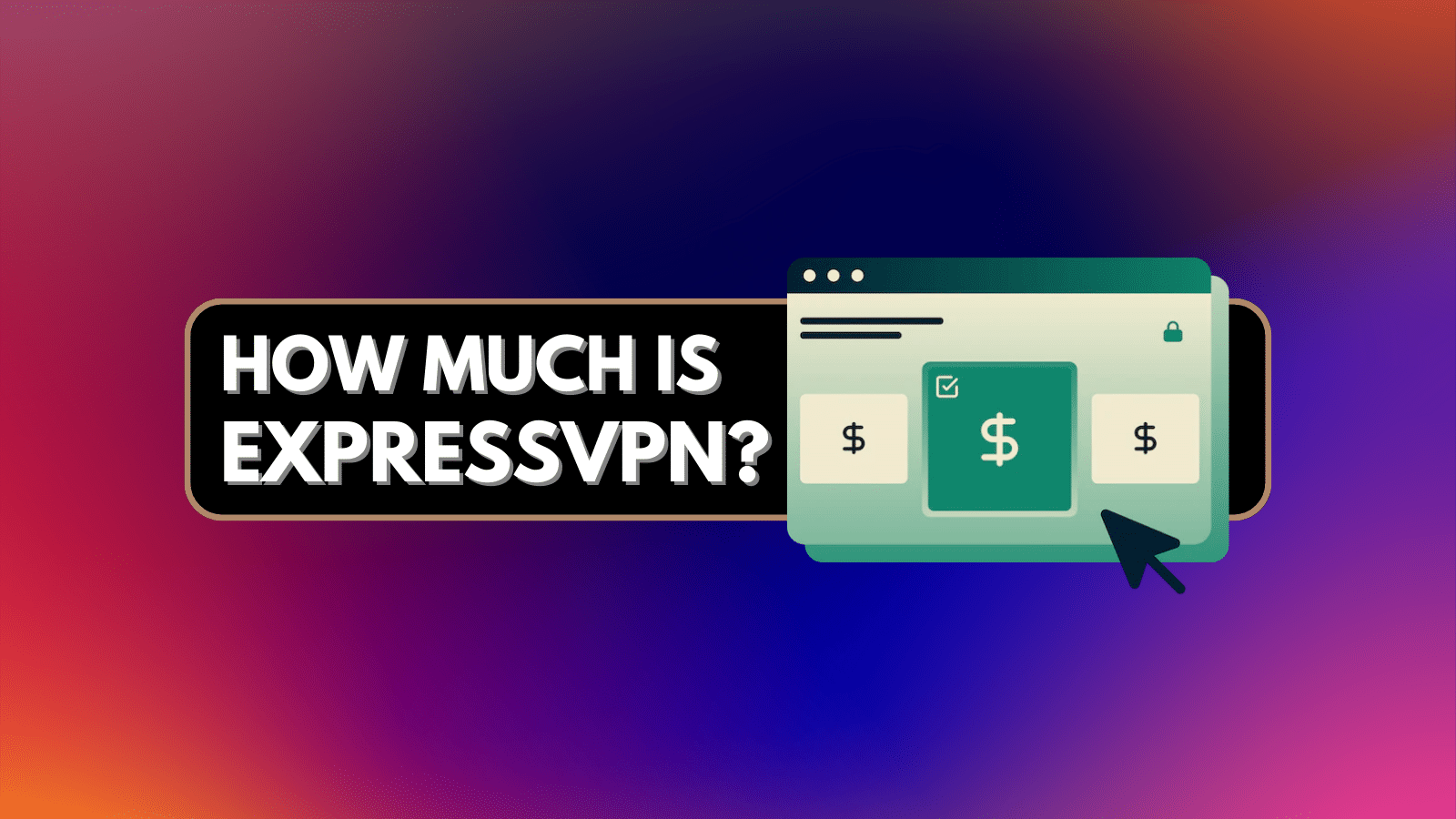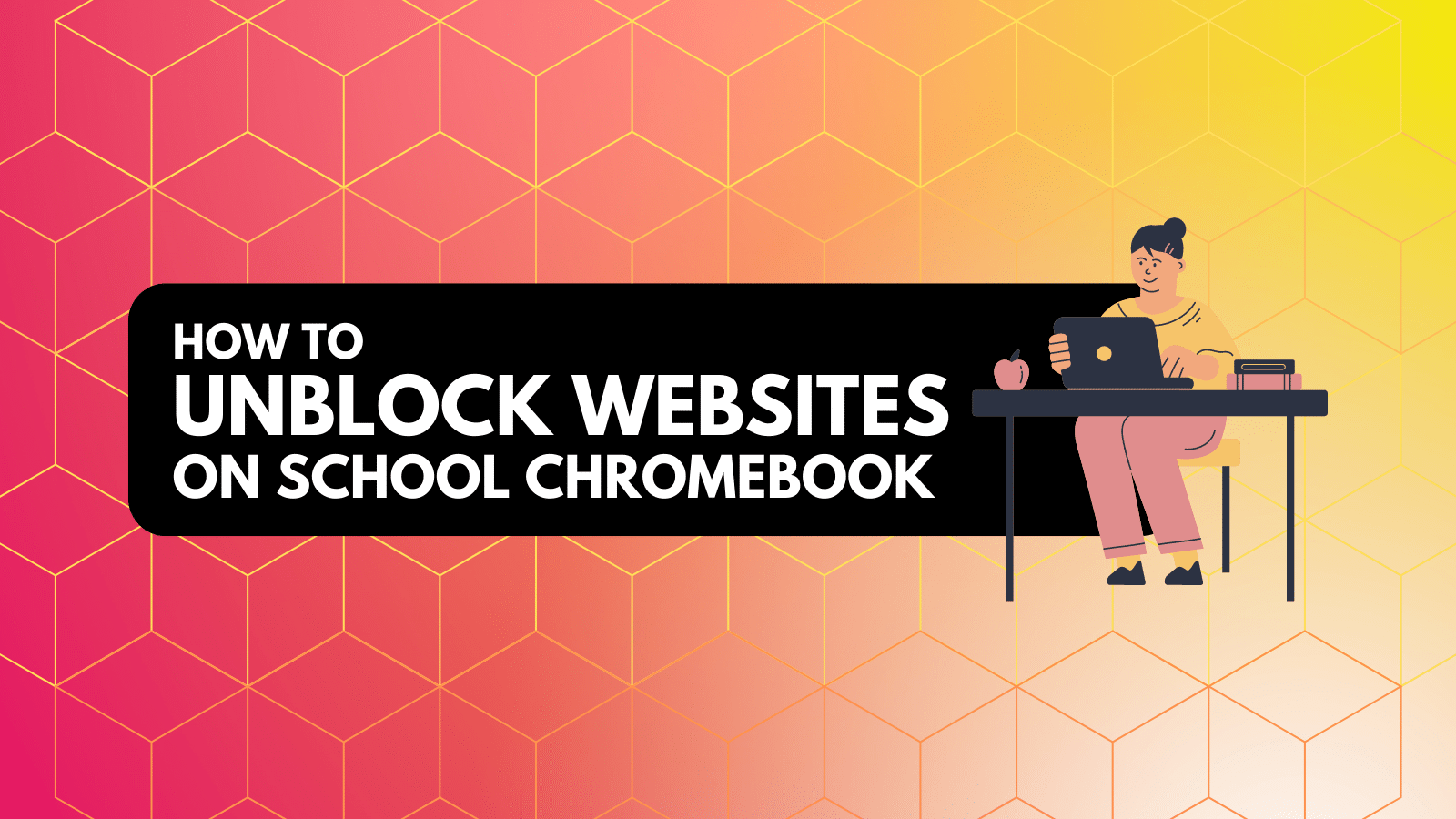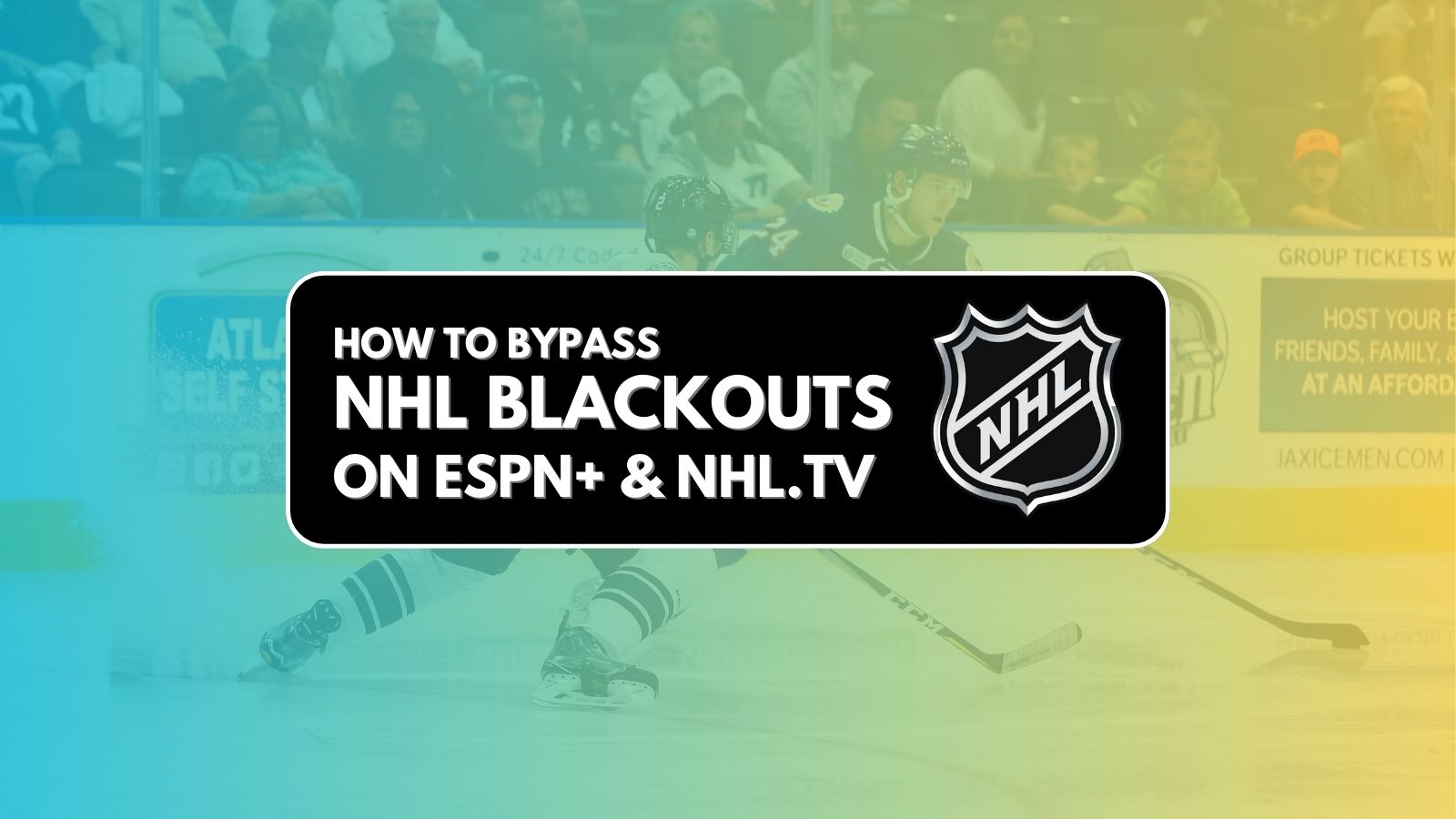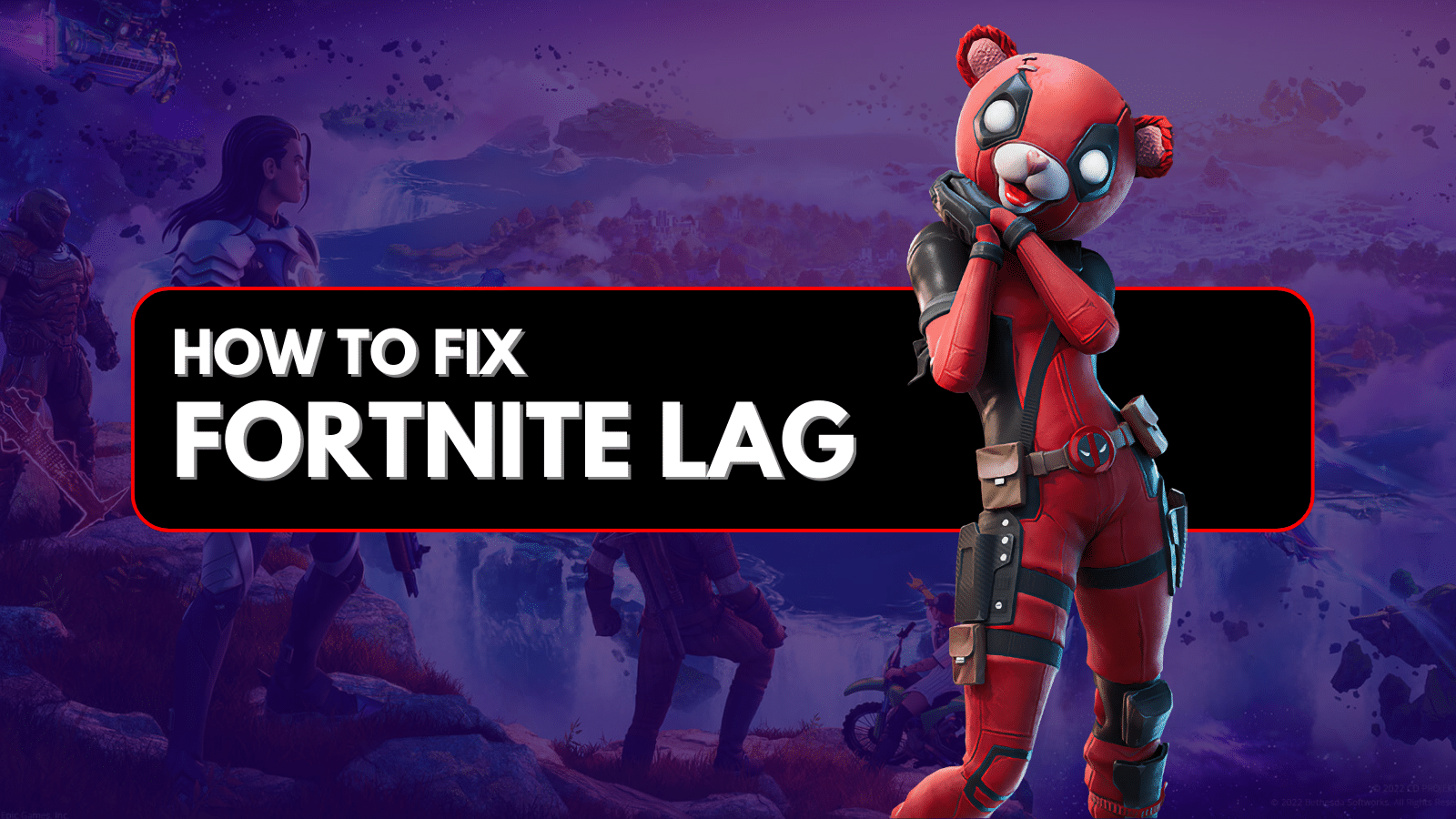
How to Unblock Blocked Websites – 11 Easy Solutions With The Best Results!
The Internet should be a free space for users to do what they wish, barring criminal activities, of course. It is a vast reserve of information and knowledge, and has a multitude of services that make things easier. However, many people are bereft of proper, unrestricted Internet access. Websites and services are quite commonly blocked in certain parts of the world, which implies that you cannot access them. But you can change all that using a few different methods. Let's see how you can unblock blocked websites.
The Real Reasons Websites Get Blocked (And Who's Behind It)
Ever tried visiting a website only to be met with a message that says it's restricted, unavailable, or forbidden? You're not alone. From government censorship to network restrictions at schools and workplaces, there are various reasons why certain websites are blocked. Understanding why this happens is the first step in reclaiming your digital freedom.
- Many countries don’t want their citizens to interact with the outside world. Services like social networking sites, news websites, and instant-messaging services are blocked in countries like China, Iran, Saudi Arabia, and a few others. For example, you'll need to unblock Facebook, Twitter, Instagram, and most social media in Russia. The governments censor the Internet heavily to restrict people’s exposure to the outside world and prevent the outside world from knowing too much about their country.
- Schools and workplaces block social networking and entertainment sites on their premises. This is done to prevent misuse of the Internet, wasting time and ensuring that workdays are spent in a productive environment. You'll likely need to unblock websites on a school Chromebook or other computer, particularly AI writing tools like Quillbot. IT admins block only a small number of websites in case of schools and universities, while workplaces could have a larger set of blocked websites to prevent company data from being shared, etc.
- Sometimes you might travel to countries where the Internet is heavily censored. For example, a US resident traveling to the UK won’t be able to use Hulu because Hulu isn’t available in the United Kingdom. Depending on where you travel, you may need to change your region on Crunchyroll, Amazon Prime, Netflix, and other streaming services.
- Content filtering is another major reason websites get blocked. Governments, ISPs, and even private networks routinely restrict access to websites hosting adult content, torrent platforms, gambling sites, and anything else they deem inappropriate or illegal. These blocks are often implemented automatically through firewalls or filtering software.
Is It Legal to Unblock Websites?
The legality of unblocking websites depends on where you live. In some countries, using tools to access restricted websites is completely legal. For example, in the United States, the UK, and most of Europe, you can use VPNs, proxies, and other tools to bypass blocks without breaking any laws. These tools are often used to protect privacy or access content from other countries.
However, in some places, like China, Iran, or North Korea, unblocking websites can be against the law. Governments in these countries have strict rules about Internet use, and they block many websites for political, religious, or cultural reasons. In such places, using a VPN or similar tool might lead to legal trouble, especially if you access banned content.
Even in countries where unblocking is legal, using these tools may still break certain rules. For example, some websites or services (like Netflix or schools) don’t allow users to bypass their restrictions. If you use a VPN to access content that is not available in your region, it may go against the service’s terms of use. While you might not face legal action, your account could be suspended or banned.
How to Unblock Blocked Websites: 11 Proven & Easy Methods That Actually Work
Blocked websites can be frustrating, whether you're at school, work, or in a country with strict online censorship. The good news? There are several easy and proven ways to access restricted content, no matter where you are.
While some methods are quick fixes, others offer long-term protection and privacy. That’s why we strongly recommend using a VPN. It not only helps you bypass blocks but also keeps your data safe and your identity private. VPNs are especially useful in places with heavy censorship, but they also come in handy in countries like the US or UK, where certain websites or foreign content (like Russian platforms) may still be restricted.
If you're mainly interested in VPNs, feel free to jump to that section below. Otherwise, keep reading to explore all 11 methods that can help you unblock websites safely and easily.
1. Use a VPN For a Complete Protection + Unblocking
Virtual Private Networks (VPNs) are one of the most reliable and effective tools for unblocking websites. By connecting to a remote server, a VPN encrypts your data and hides your real IP address, which implies:
- You can share sensitive information without worrying about it being stolen since the data is encrypted and nobody knows what you are sharing;
- You are invisible to your ISP or anyone trying to watch over your online activity;
- Your true location is not visible to the target website since it takes the VPN server’s location to be your location.
If you're looking for top-rated services, check out our list of the best VPNs currently available. On a budget? Don’t miss our round-up of the best VPN deals, or try a service from our selection of free VPN trials with no credit card required.
You might also want to explore the difference between free VPNs vs paid VPNs vs free trial VPNs to decide what works best for your needs. If you're still leaning toward a no-cost option, check out our guide to the best free VPNs.
Facing issues with restricted VPN access? Learn how to bypass VPN blocks effectively. And once you’re ready to get started, follow our step-by-step instructions on how to set up a VPN on any device.
That said, VPNs aren't perfect. Since they route your connection through extra servers and apply encryption, they can slightly reduce your Internet speed. The extent of this depends on the quality of the VPN you use. Another concern is legality—some countries, like the UAE and China, have strict regulations or outright bans on VPN usage. In such places, using a VPN could lead to penalties if detected.
However, these issues can be minimized by choosing a high-quality VPN. For example, NordVPN offers fast, stable, and secure connections with servers in over 100 countries. It ensures minimal speed loss while still giving you full access to blocked content worldwide. If you're looking for a trusted solution that balances performance and privacy, NordVPN is a top recommendation.
Advanced tracking methods like deep-packet inspection don’t work when you use special VPN servers that hide your traffic. The only other way someone could know you’re using a VPN is if the VPN company tells them. That said, we would like to mention that NordVPN follows a strict no-logs policy, which means it doesn’t keep or share any data.
So, while some people think VPNs have problems, they usually just don’t have the full picture. A trusted VPN like NordVPN makes it easy to stay safe, hidden, and fast online.
2. Use Specialized Proxy servers
Proxy servers are remote computers that sit between your system and the Internet. With this said, preventing you from accessing a website is only possible when you are in the place where the website is blocked. Using a proxy server makes it look like you are using the Internet from somewhere else. Therefore, you get past the censorship and access websites without any problems. This can come in handy for unblocking school Wi-Fi without a VPN, for example.
As to how this works, you must understand that your location is discovered using your IP address. This is a numerical figure that distinguishes one system from another on the Web. When you use a proxy server, the IP address visible to the target website or anyone else is that of the proxy server. This means that it appears you are in the location of that server. Your traffic is routed through that server, and you get access to the website you want.
Proxy servers are generally free to use, and you can use proxy services like HideMyAss and Anonymouse to get the job done. However, since they are free, many users tend to use them, which causes their servers to overload quite frequently. This can lead to connection drops. Also, you should know that free proxy services might be aggressive in serving ads. So, make sure to use reputable services only.
3. Use Short URLs or IP addresses
This method can work if you wish to unblock a website from your school or workplace. Many websites shorten their URL using services like TinyURL which allows them to serve very short URLs which can sometimes be easily remembered. If you input a short URL in your Web browser's address bar, it will redirect you to the source website. So, this might be a way to trick any security systems in place that don't recognize short URLs.
Another method is to use the website’s IP address instead of its alphabetical name. Each website has a unique IP. You can search for it using services like WHOIS and then enter the IP address in the address bar of your browser. This can yield positive results in some cases, but there is no guarantee that this method will always work. It depends on the strictness and efficiency of the IT admins who block the websites.
4. Use Translation Services
This is a nifty method of unblocking websites, and it works like a charm in many cases. You can use translation services like Google Translate or Bing Translator to unblock websites blocked in your region, educational institute or workplace. What you have to do is:
- Go to the translation service (you use Google or Bing);
- Enter the URL of the blocked website in the translation box;
- Set the translation language to Auto-Detect (English);
- Click on 'Translate'.
You will see that you can access quite a large number of blocked websites in this manner. While this method has some limitations regarding the types of websites it can unblock, it is an easy-to-use method for getting the job done if your requirements are basic.
5. Visit Mobile Versions of Websites
Sometimes, you might find that you can access mobile versions of websites blocked in your workplace or region. To try this out, simply enter the address of the mobile version of the website you want to visit. For example, if you want to access Facebook, try inputting m.facebook.com in the browser. You might get access to the website, though it would be different than the regular version since it’s the mobile version.
6. Utilize RSS Readers
RSS readers are handy applications that keep you updated - easily. You can use these to sign up and get updates from your favorite websites. In other words, RSS readers allow you to see updates from different websites in a single place, taking away the need to individually go to these websites. You can use this to see the content from websites blocked in your region. If that website has an RSS feed, you can try looking for it using an RSS feed reader. This way, you can view the content even though the website’s blocked.
7. Access a Cached Version
Before a website becomes visible in Google searches, it is indexed by Google spiders. Google thus has an older version of all the websites it shows you. To use this feature to access a blocked website, you can search the Google cache for its older version.
To use this for, say, The Guardian’s website, use the following command: 'cache:www.theguardian.com'. You can thus access older versions of blocked websites.
8. Use Tor to Browse Anonymously
Tor Browser is popular with privacy-conscious individuals and those who want to be anonymous on the Internet. This browser uses a labyrinth of nodes to take you to your destination. These nodes hide your digital footprint, so it is almost impossible for the person at the exit node to know where you made the request from. This basically means that the Tor nodes hide your IP address, and you can unblock any blocked website in your region.
Setting up Tor isn’t difficult, and you can use it on all major platforms. However, there is a huge speed trade-off when you use Tor since it takes you to your website through a long path. So, if you want to use Tor for your entire browsing activity, then you should take note of this drawback.
If you're unsure whether Tor or a VPN suits your needs better, check out our in-depth comparison of Tor vs VPN. For occasional access to blocked websites, Tor's slower speed may be a reasonable trade-off.
9. Utilize SmartDNS Services
This is a method that is somewhat similar to proxy servers and translation services. SmartDNS services hide your IP address from by hiding you behind the IP address of the server you are using. The difference between SmartDNS and proxy servers, though, is that SmartDNS services encrypt the traffic passing through their servers. This means that they hide your activity from anyone trying to peek in and secure your connection so that you can browse blocked websites easily.
SmartDNS services offer this feature for a subscription cost. If you wish to access streaming websites not available in your region, then using SmartDNS services is a good option. There are plenty of good services to choose from but you should also take note that the encryption provided by SmartDNS services isn’t for your entire Internet connection. This encryption and anonymizing are only for traffic that relates to your IP address. Everything else is visible to your ISP or anyone else on the public network you might be using. If unblocking websites is your only requirement, then SmartDNS can help you out. For more detailed insights, check our guide comparing VPNs, proxies, and SmartDNS to help decide which tool fits your needs best.
10. Use HTTPS Instead of HTTP
A very simple trick to unblock a website is to use HTTPS instead of HTTP in the website's address. Some networks block only the non-secure version (HTTP), but the secure version (HTTPS) might still work. To try this, just add an “s” after “http” in the URL—for example, change 'http://example.com' to 'https://example.com.' It doesn’t always work, but it’s quick, easy, and worth trying before moving on to other methods.
11. Use a Mobile Hotspot or Different Network
Using a mobile hotspot or switching to a different network is a simple yet effective way to unblock websites, especially in school or workplace settings where network restrictions are common. By connecting your device to your phone’s mobile data instead of the restricted Wi-Fi, you bypass any firewalls or filters that are blocking specific sites.
This method works instantly and doesn’t require any special tools or software. However, it’s important to be cautious—using mobile data can lead to high charges if you don’t have an unlimited plan, and connecting to external networks may violate your school or company’s IT policies. So, while it's a quick fix, make sure you're aware of any potential consequences before using it.
Final Tips to Stay Safe While Unblocking Websites
- Use HTTPS: Always check that the website uses HTTPS to keep your data secure.
- Don’t download from shady sites: Avoid unknown or suspicious sites—they could have malware.
- Stick with verified VPNs/proxies: Use trusted services with good reviews and privacy policies.
- Keep antivirus/firewall active: Make sure your device is protected while browsing, especially when unblocking restricted content.
- Avoid entering personal info on unknown websites: Some unblocked sites may look normal but are set up to steal your information.
- Update your software regularly: Keep your browser, apps, and antivirus updated to stay safe from new security threats.
- Use strong passwords and enable two-factor authentication: If you’re logging into sites while using a VPN or proxy, secure your accounts.
- Don’t rely on free tools too much: Many free VPNs or proxies sell your data or show ads—paid tools are usually safer and more private.
- Log out after you're done: Especially when using shared devices or public networks, always log out of sites when you're finished.
Final Thoughts
Unblocking blocked websites is not difficult, but you need to choose the method that best suits your needs. Furthermore, it is important to ensure that the method you see is a reliable one. Here is what each method is good for:
- VPN (Virtual Private Network): Best all-around option for privacy, unblocking streaming services, and bypassing heavy censorship.
- Specialized Proxy Servers: Good for bypassing basic firewalls on school or work networks; best used for general browsing.
- Short URLs / IP Addresses: Useful for tricking basic content filters that block full domain names.
- Translation Services: Handy for viewing simple websites with light content restrictions.
- Mobile Versions of Websites: Effective for accessing social media or simpler versions of blocked websites.
- RSS Readers: Great for passively following content updates from blocked news or blog websites.
- Cached Versions (Google Cache): Best for viewing static versions of blocked sites when real-time access isn’t needed.
- Tor Browser: Excellent for anonymity and accessing restricted or censored content in high-surveillance regions.
- SmartDNS Services: Ideal for streaming geo-restricted content with faster speeds than a VPN (but less privacy).
- Use HTTPS Instead of HTTP: Easiest method to try first—great for bypassing very basic filters.
- Mobile Hotspot or Tethering: Perfect quick fix when you're stuck on restricted Wi-Fi networks at school or work.
When it comes to choosing one option, we would recommend VPN. Additionally, there’s no better choice than using NordVPN due to its stellar service and promise of absolute protection with privacy and anonymity.


